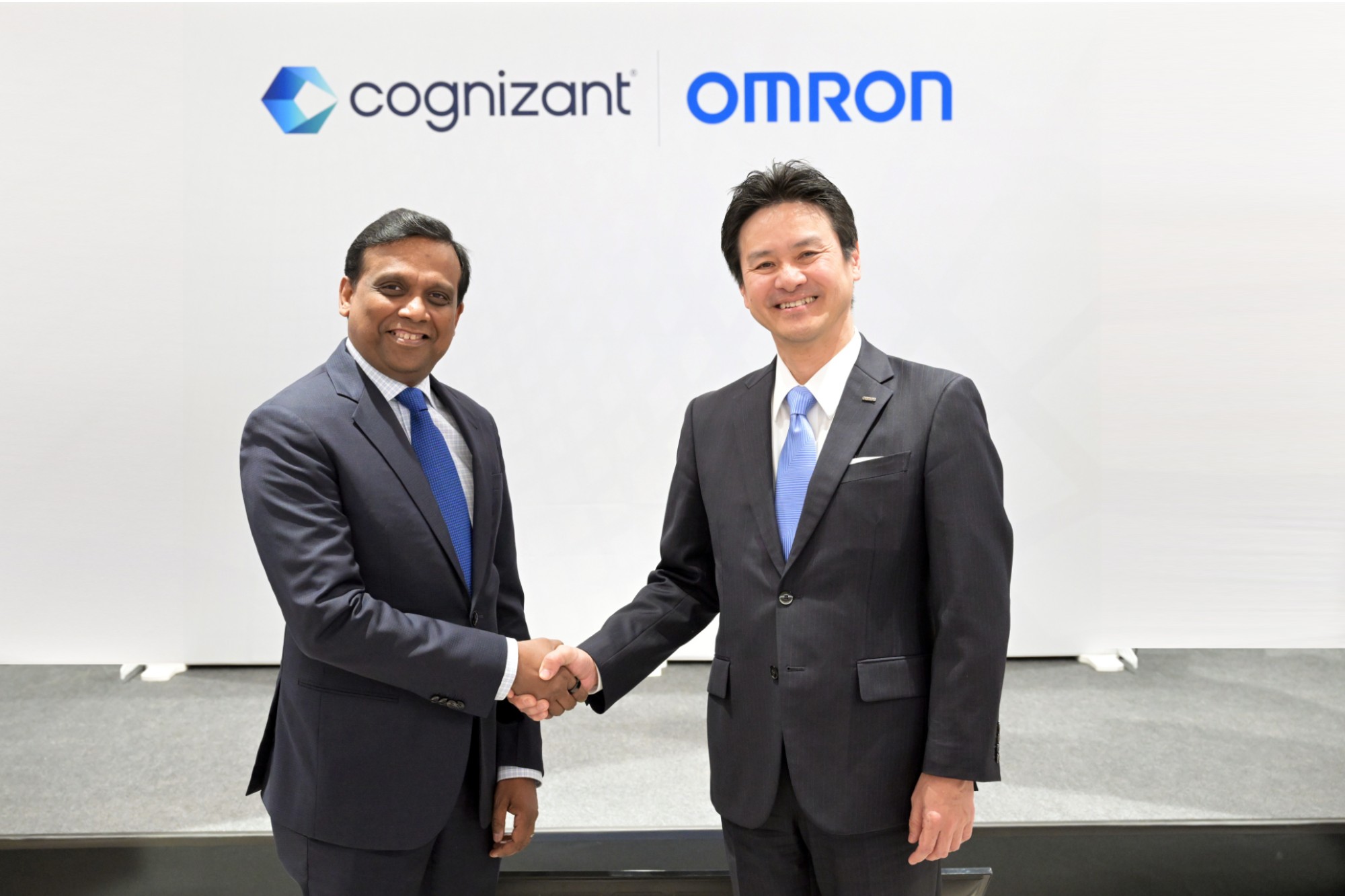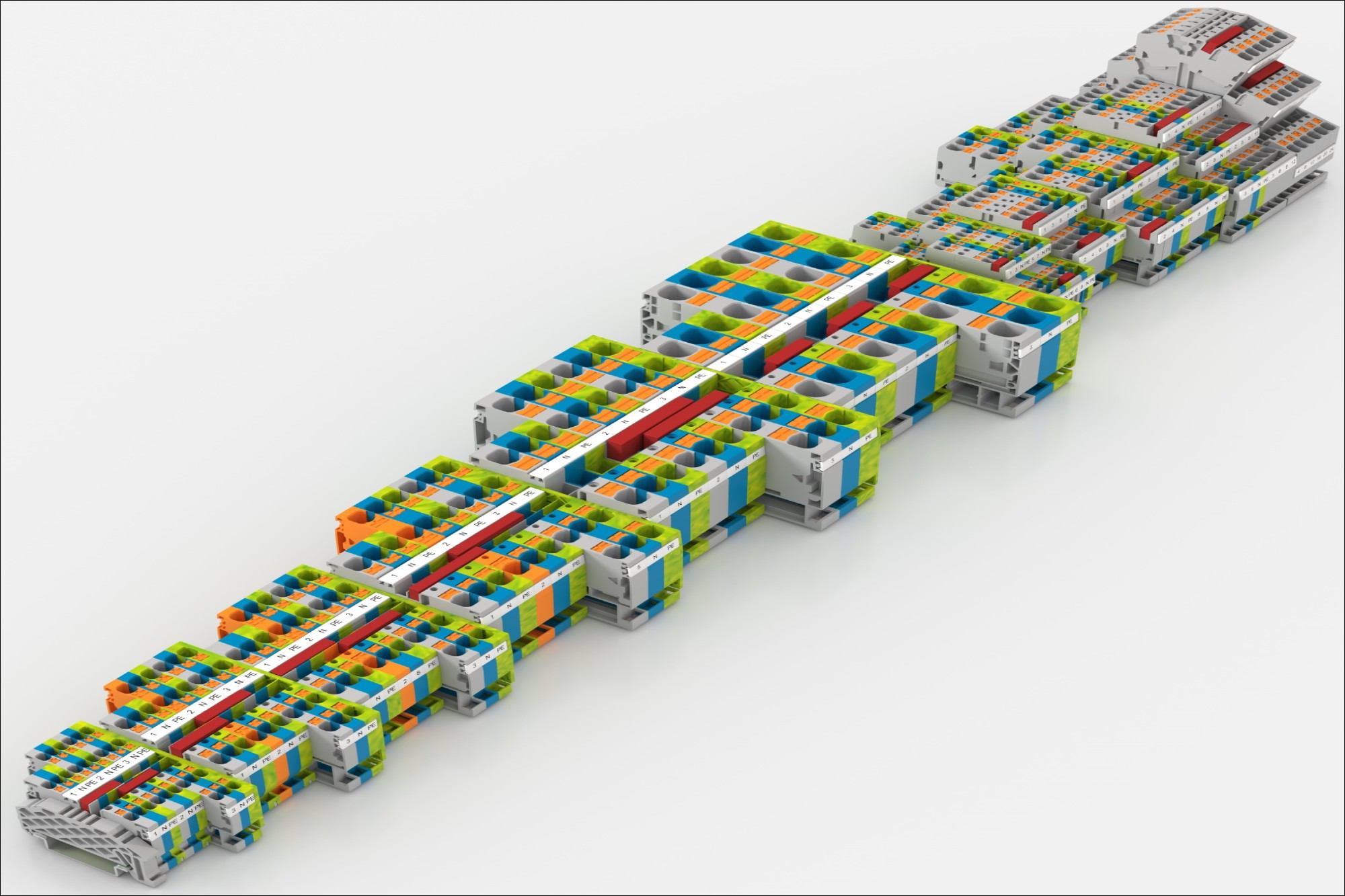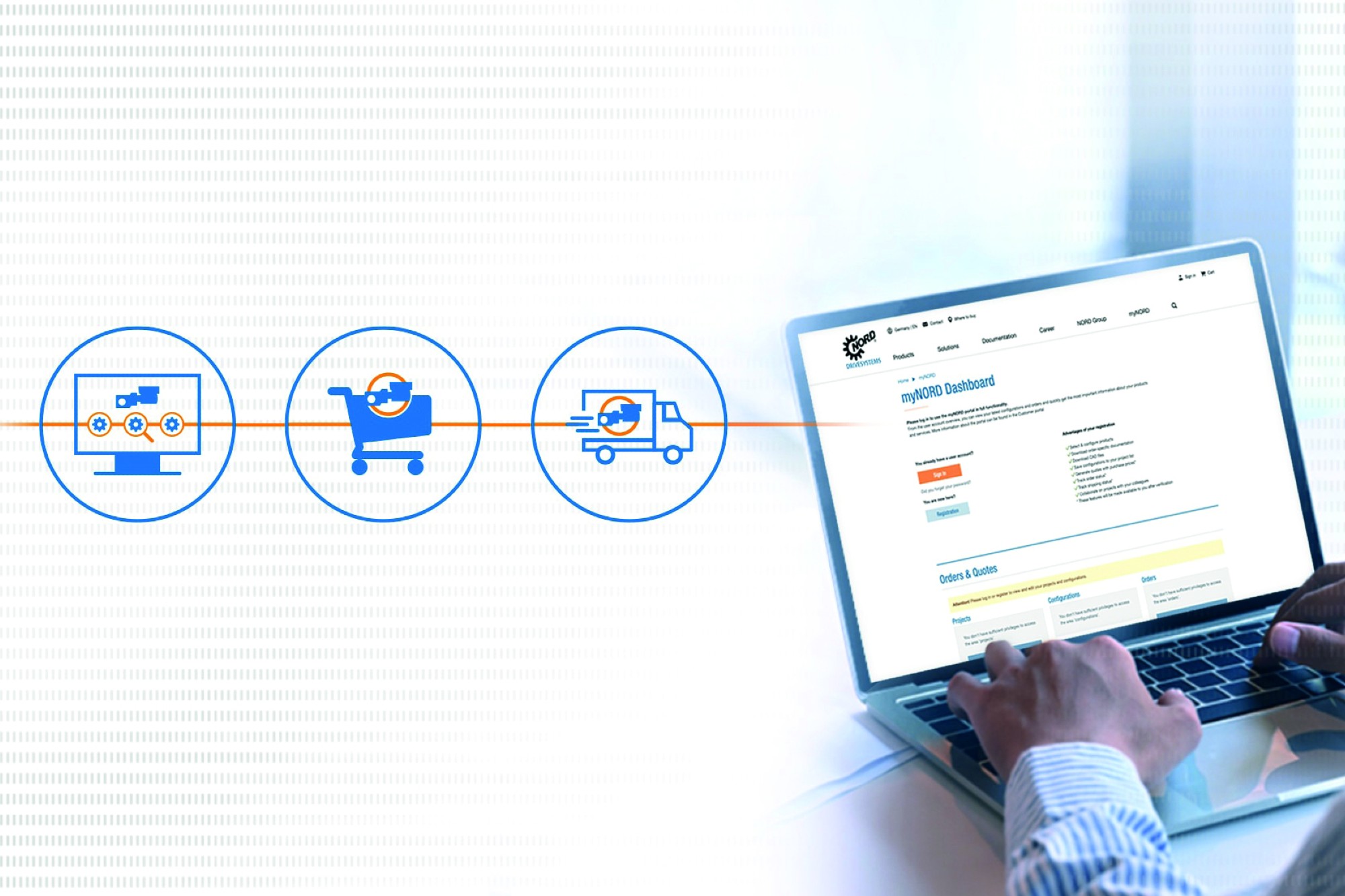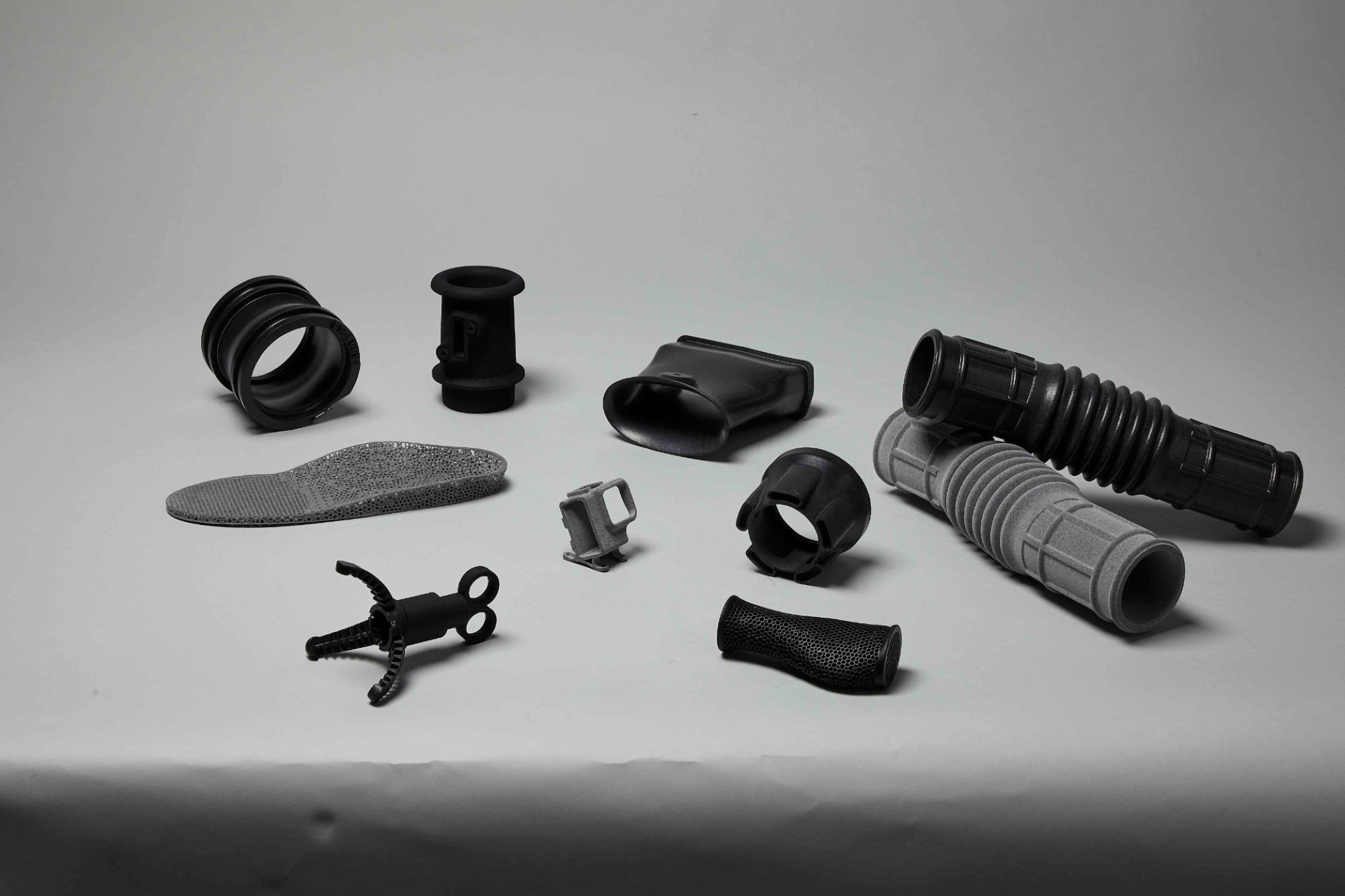Advanced cybersecurity tactics for tech giants
By Staff Report August 9, 2024 5:55 pm IST
The manufacturing and semiconductor industries are driving technological advancement, relying heavily on interconnected systems and data-driven processes. However, with this reliance comes a heightened vulnerability to cybersecurity threats and data challenges that can jeopardise operations, intellectual property, and sensitive information. This comprehensive article delves into the intricacies of cybersecurity and data protection in the manufacturing and semiconductor sectors.
In addition to intellectual property, other key data types in the manufacturing and semiconductor sectors include manufacturing process data, quality control information, customer data, and research and development data. Manufacturing process data includes detailed information on production processes, equipment specifications, and quality control parameters for maintaining product quality and operational efficiency. Customer data, such as personal information and purchasing history, is required for maintaining customer relationships and tailoring products and services. Research and development data, like experimental results, design iterations, and innovation plans, drive technological advancements and competitive differentiation in these industries.
Standard practices for data protection
Beyond the standard practices mentioned earlier, additional measures such as data classification, incident response planning, and continuous monitoring protect data in the manufacturing and semiconductor sectors. Data classification involves categorising data based on sensitivity levels to apply appropriate security controls and access restrictions. Incident response planning prepares organisations to detect, respond, and recover from cybersecurity incidents. Monitoring the network traffic, system logs, and user activities continuously enables early detection of suspicious behaviour and potential security breaches, enhancing overall cybersecurity resilience.
Types of files requiring protection
Besides the critical files mentioned earlier, financial data, proprietary algorithms, and sensitive communications demand protection in the manufacturing and semiconductor sectors. Financial data, including budget reports, forecasts, and transaction records, requires stringent security measures to prevent fraud. Proprietary algorithms used in chip design, optimisation, and simulation are valuable assets that must be safeguarded to maintain competitive advantage and technological leadership. Sensitive communications, such as emails, contracts, and intellectual property disclosures, contain confidential information that, if compromised, can lead to financial losses and reputational damage.
The threat of data leakage
Data leakage and loopholes in the manufacturing and semiconductor sectors can result from inadequate data disposal practices, insider threats, and insecure third-party collaborations. Improper disposal of old equipment, storage devices, and documents can lead to data. Insider threats pose a data security risk, requiring user activity monitoring and access controls to mitigate internal risks. Insecure third-party collaborations, including suppliers, contractors, and service providers, can introduce vulnerabilities into the supply chain, necessitating thorough vetting, contractual agreements, and security assessments to protect against data breaches.
Emerging trends
Ransomware-as-a-service models enable cybercriminals to access sophisticated ransomware tools and infrastructure, increasing the frequency and impact of ransomware attacks on manufacturing and semiconductor companies. Supply chain attackers target vulnerabilities in third-party suppliers to infiltrate primary targets. It has become a prevalent threat, emphasising the importance of supply chain risk management and vendor security assessments. Vulnerabilities in industrial control systems, including programmable logic controllers (PLCs) and supervisory control and data acquisition (SCADA) systems, pose significant risks to operational technology (OT) environments, necessitating robust cybersecurity measures to protect critical infrastructure and production systems.Top 5 challenges and mitigation strategies
Ransomware attacks: Mitigation strategies include implementing multi-layered cybersecurity defences, conducting regular cybersecurity training for employees, and establishing incident response protocols to detect, contain, and eradicate ransomware threats effectively.
Supply chain vulnerabilities: Addressing supply chain vulnerabilities requires comprehensive risk assessments, continuous monitoring of third-party relationships, and the implementation of secure communication channels.
Intellectual property theft: Strategies to prevent theft involve implementing data loss prevention solutions, restricting access to sensitive information based on role-based permissions, and monitoring data exfiltration attempts.
Legacy systems: Upgrading legacy systems, applying security patches, and implementing network segmentation to isolate legacy systems from critical infrastructure can mitigate risks associated with outdated technology and vulnerabilities.
Data privacy compliance: Compliance with data privacy regulations through regular audits, data encryption, and privacy impact assessments helps organisations protect sensitive data, maintain regulatory compliance, and build trust with customers and stakeholders.
The manufacturing and semiconductor sectors must prioritise cybersecurity and data protection to safeguard critical assets. Companies operating in these industries can navigate the complex cybersecurity landscape effectively by adopting a proactive approach to cybersecurity, staying informed about emerging threats and best practices.
Cookie Consent
We use cookies to personalize your experience. By continuing to visit this website you agree to our Terms & Conditions, Privacy Policy and Cookie Policy.


















